The ugly truth behind hi-fi's growing infatuation with nostalgia
What's the fascination with retro?
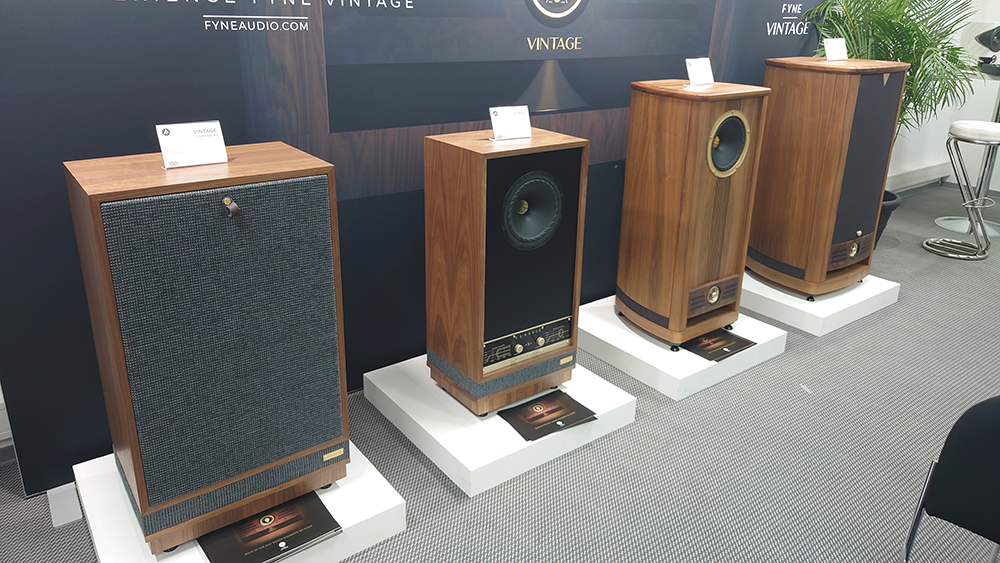
The High End Munich show has become the premier event for the hi-fi industry to show off its wares in Europe. After missing a couple of years due to Covid, the show returned to former glories this month with the usual mix of the outlandish, the odd, and the plain ordinary. Amongst all the outrageously expensive systems and clever technologies, I couldn’t help but notice that a significant chunk of the industry has embraced nostalgia.
I’m not just talking of the number of record players that were being used this far into the digital age, or the relatively common sight of a valve amplifier in full glow, though these things are certainly part of it. Alongside all that, it now seems fashionable to throw away the modern hi-fi design textbook and replace it with the kind of design and engineering we would have seen fifty years ago. This was most obvious in the world of speakers where, after years of going slimmer and smaller, there’s now a glut of new models that are big and wide, and covered in the kind of wood finish that your grandparents would find familiar. If it’s possible to revive a famous nameplate, then so much the better. It’s as though the industry at large has decided that the best way to move forward is to look back.
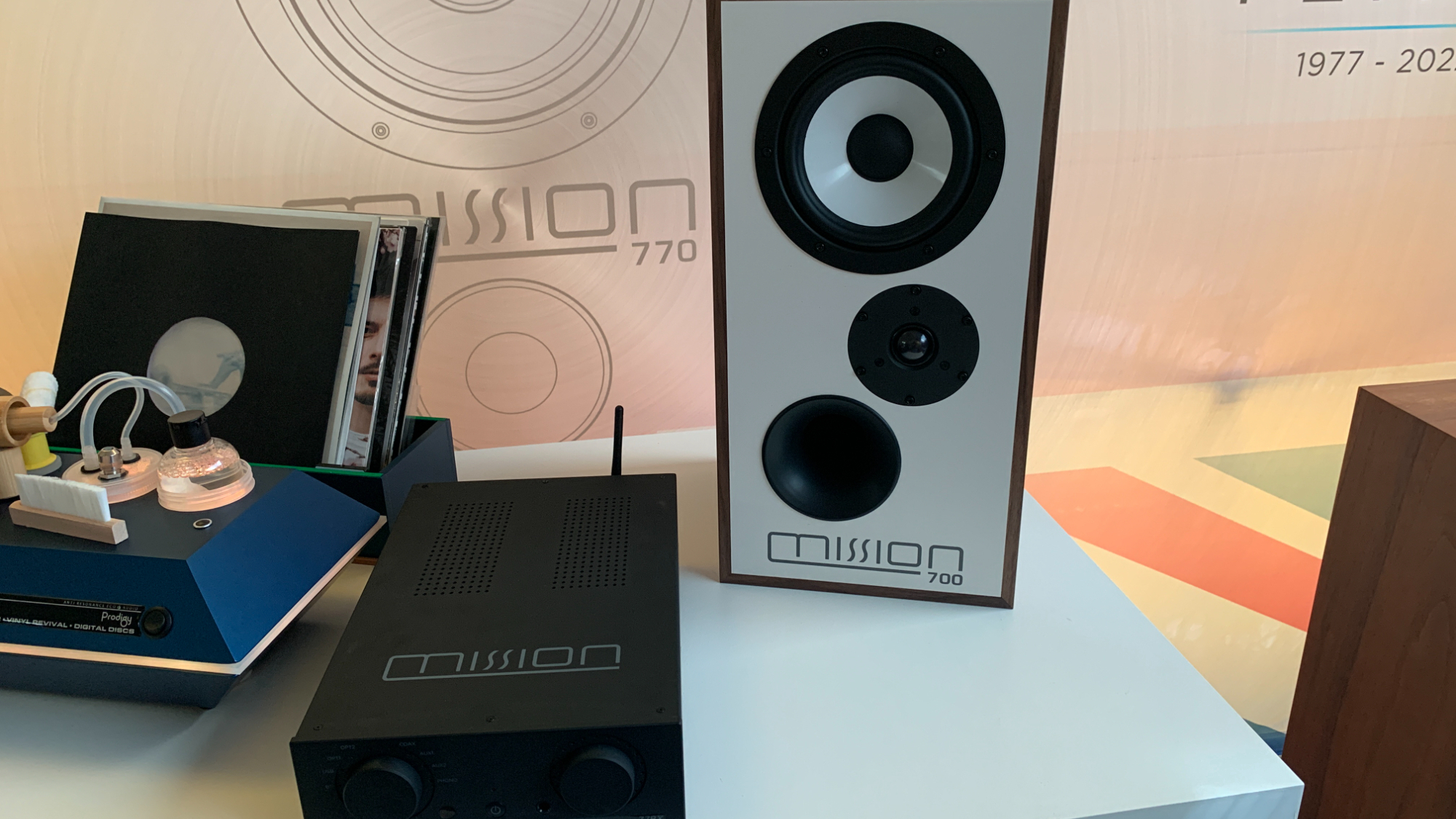
This was most obvious on the IAG stand where a number of its brands (it owns Audiolab, Mission, Quad and Wharfedale among others) showed products that were reinventions of past successes or new models that are obviously retro-themed in a bid to attract buyers.
Mission not only displayed the excellent revived 770 speakers but also surprised us with resurrected 700s and a new version of the old 778 amplifier. Never heard of the 778? We’re not surprised; it was a short-lived design that is probably best known for setting the design template followed by the original One and Two integrated amplifiers from the then-new Mission sub-brand, Cyrus. It’s as though any old product, almost regardless of impact, is deemed worthy enough to bring back to life.
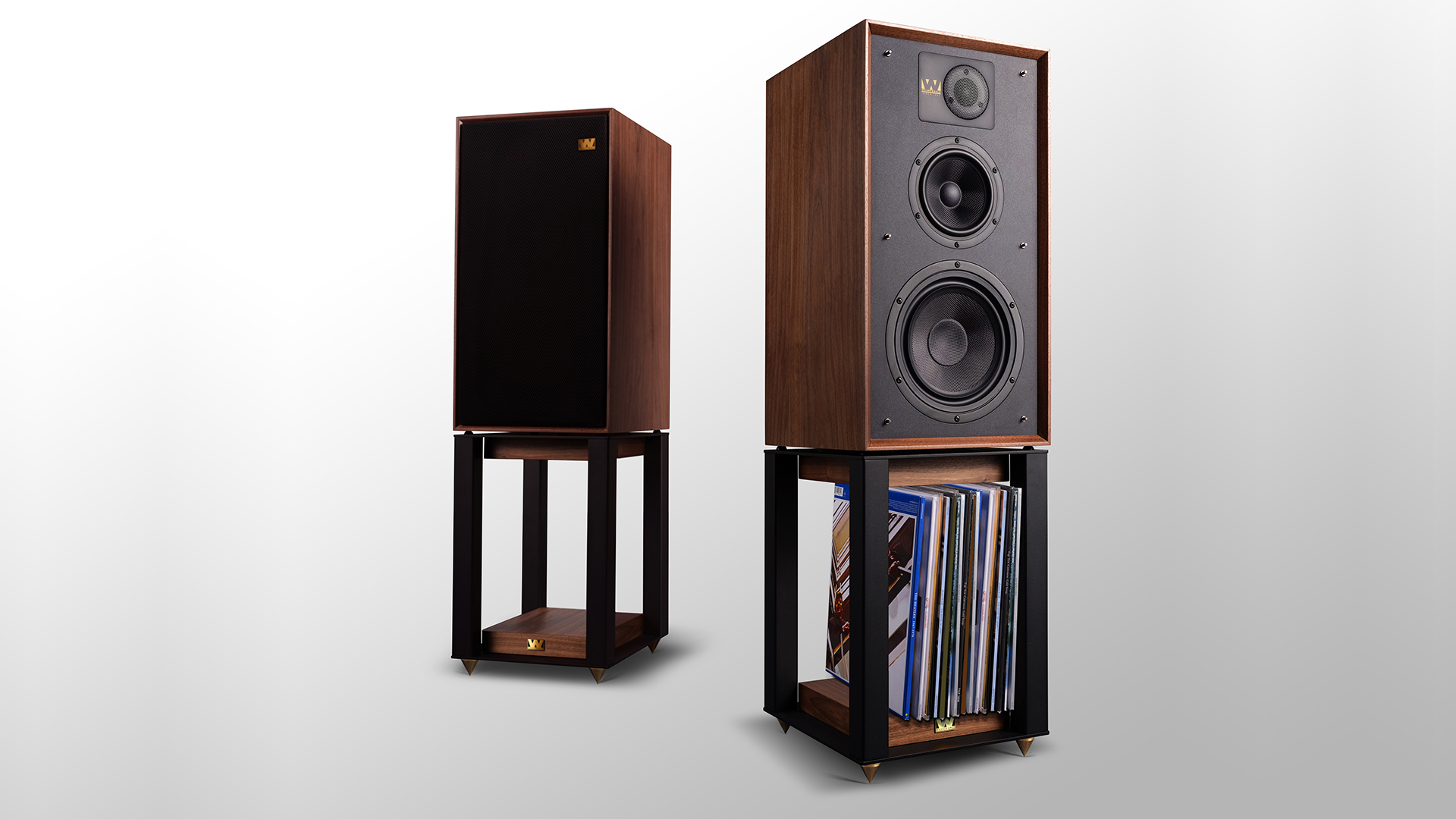
But IAG didn’t get off the nostalgia boat there. It also introduced the compact Wharfedale Aston and the rather larger, fridge-sized Dovedale. These sit either side of the company’s highly successful retro-themed Wharfedale Linton. Both take names of past Wharfedale successes, despite being thoroughly modern when it comes to sonic engineering. The IAG retro-love-in continues with Castle’s Windsor series; a two-model range of unfashionably bulky-looking standmounters with 6.5- and 8-inch mid/bass units (it seems right to talk about these things in inches rather than centimetres) that come clad in the kind of veneer that screams 1970.
It wasn’t only IAG that wallowed in the past either. Fyne Audio, a speaker manufacturer barely old enough to be out of nursery, revealed two new retro high-end speaker ranges, called Classic and Vintage. The range names say it all. These start off at around £3500 and go all the way to ten times that price; and, speaking to the company, both ranges racked up plenty of orders during the show.
There are other examples too. The resurrected Epos brand comes to mind with its rather purposeful-looking new ES14N – name and inspiration taken from the 80s model that helped to establish the company in the first place.
The latest hi-fi, home cinema and tech news, reviews, buying advice and deals, direct to your inbox.
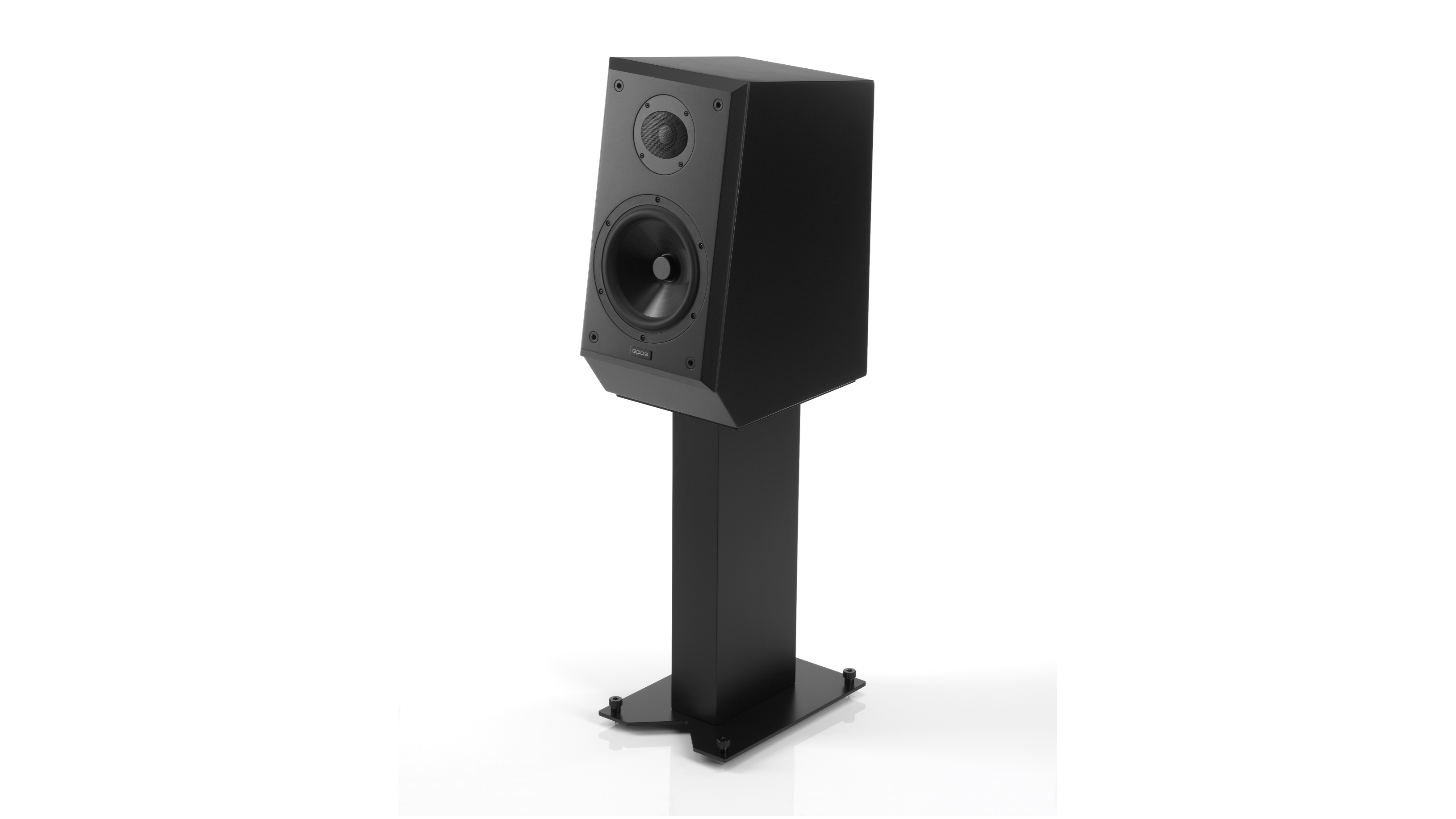
Move away from loudspeakers and the industry’s fascination with older, seemingly outmoded technologies remains unshakable. There were plenty of new and exciting vinyl products on show from house-money propositions such as Wilson Benesch’s GMT turntable, right the way down to sensibly priced moving-coil cartridges from the likes of Goldring, with its Eroica HX. I could go on and talk about Vertere’s new reference tonearm or Nagras lovely phono stage, but you get the point.
It got me wondering why significant chunks of the industry refuse to move on and why there still seem to be enough customers to buy these products to make the effort worthwhile. Think about it: turntables were pretty much eradicated by the compact disc as a mass-market format almost three decades ago, and in turn, streaming has now doomed CD. So why is a music format that’s at least two generational cycles out of date still in demand?
Similarly, valves were superseded by transistors in everyday electronics almost half a century ago, and more recently the use of highly efficient Class D amplifiers has increased thanks to their superior environmental credentials. Yet record players, valves and speakers that look like 70s wardrobes continue to be made, sold and – most importantly – profitable.
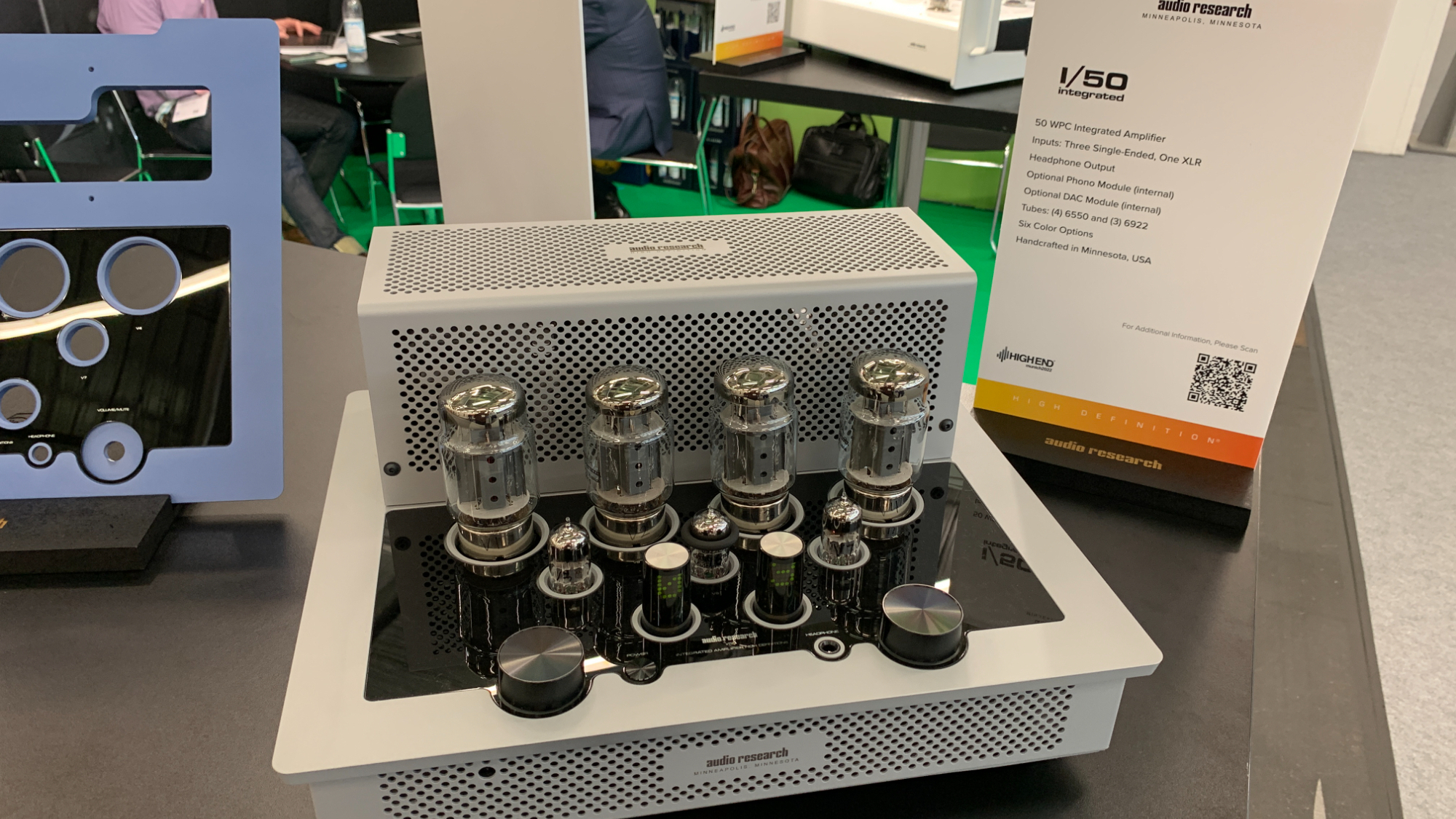
Is it simply nostalgia that keeps these things alive? Or, as I am starting to believe, the fact that the path that mainstream hi-fi has taken, where ultimate performance is sacrificed at the altar of convenience and lifestyle, has left a small but significant minority feeling short-changed? Are these people reverting back to the kinds of products that got them interested in hi-fi in the first place? It certainly looks that way – and that’s not necessarily a bad thing.
It does, however, have us questioning where the future path of hi-fi is heading. What I’d like to see hi-fi manufacturers do is to take a long look at the products they make and consider whether they are fit for purpose. A bursting features list and the kind of styling that would find its way into a Wallpaper magazine photoshoot is good, but does the product really connect the listener to the music? If it doesn’t, that product serves no real purpose. After all, the reason people spend money, time and effort on hi-fi is so they can listen to music they love in the best way they can access.
As an industry, I think we should aim to make new products that become classics rather than try to relive past glories.
MORE:
22 debut speakers from iconic hi-fi brands
How is an iconic speaker resurrected for the 21st century? We asked JBL, Wharfedale and more

Ketan Bharadia is the Technical Editor of What Hi-Fi? He has been reviewing hi-fi, TV and home cinema equipment for almost three decades and has covered thousands of products over that time. Ketan works across the What Hi-Fi? brand including the website and magazine. His background is based in electronic and mechanical engineering.
